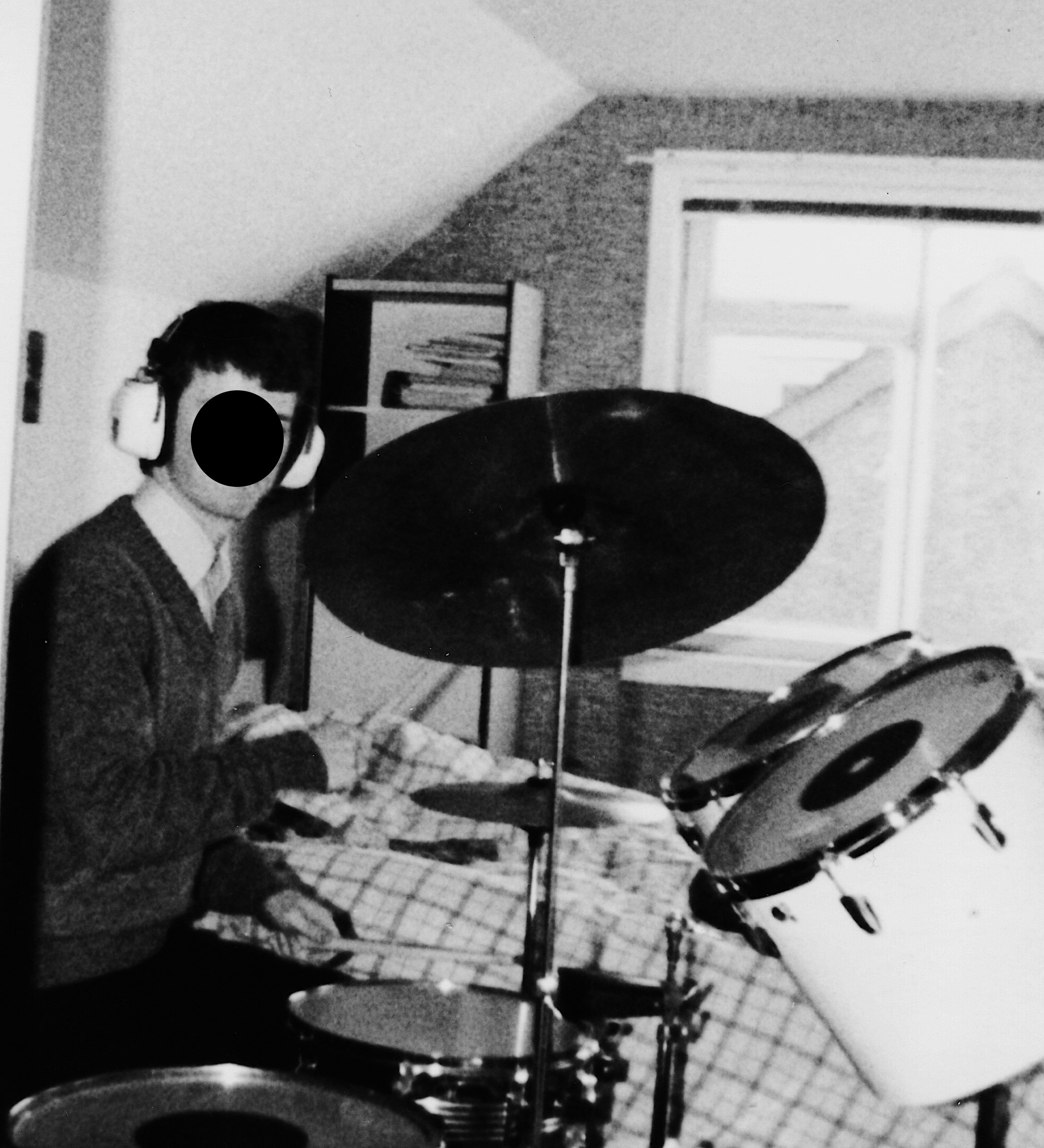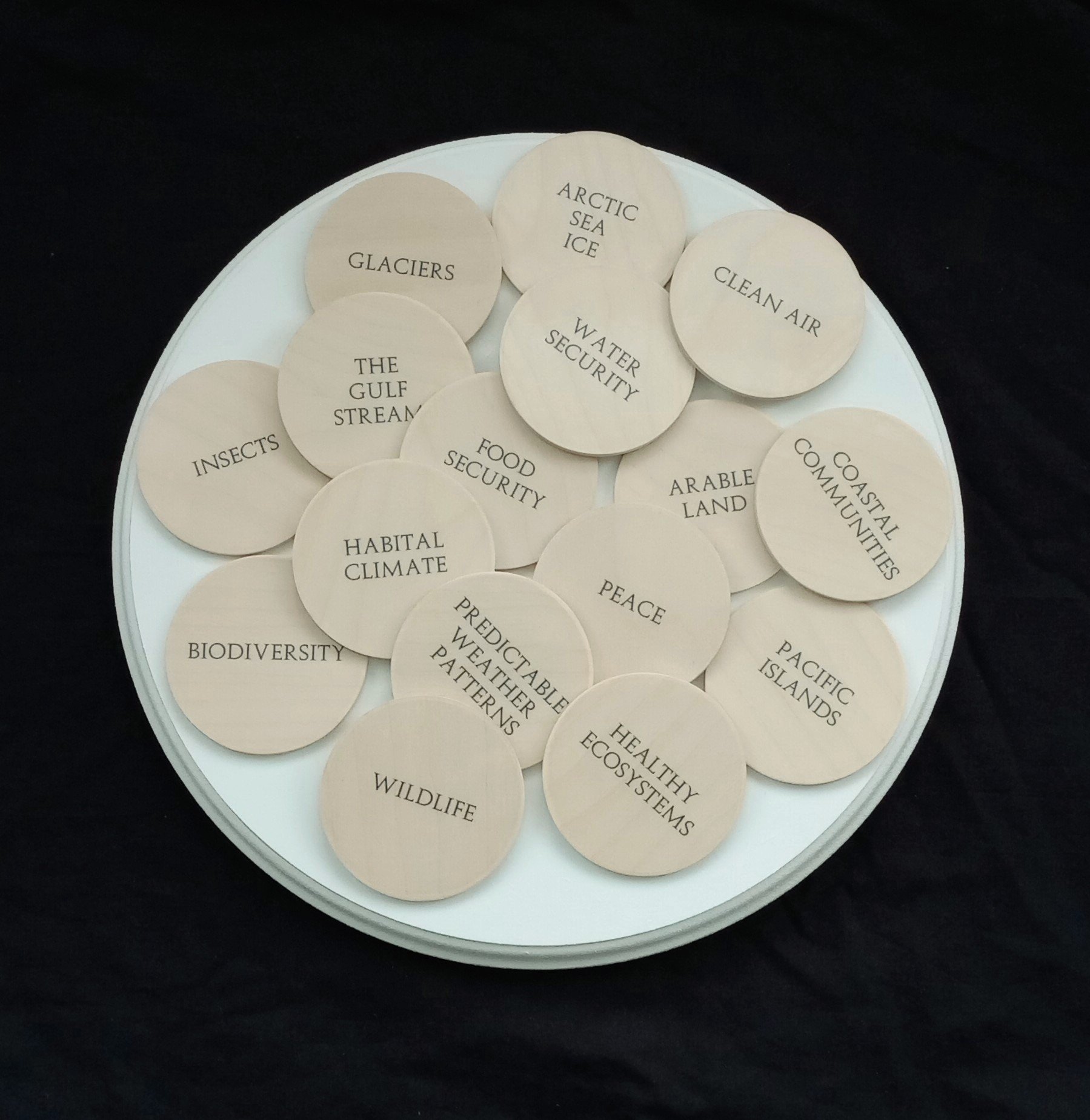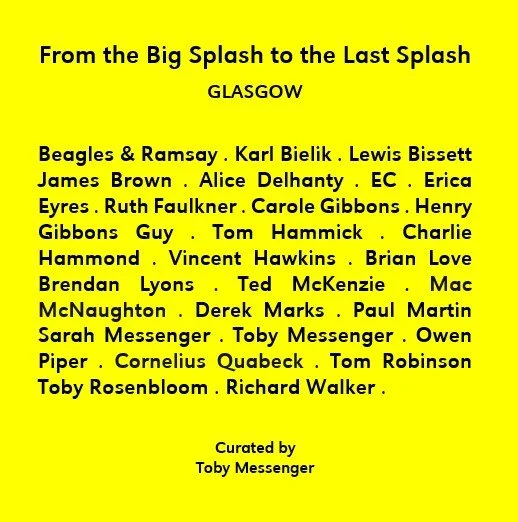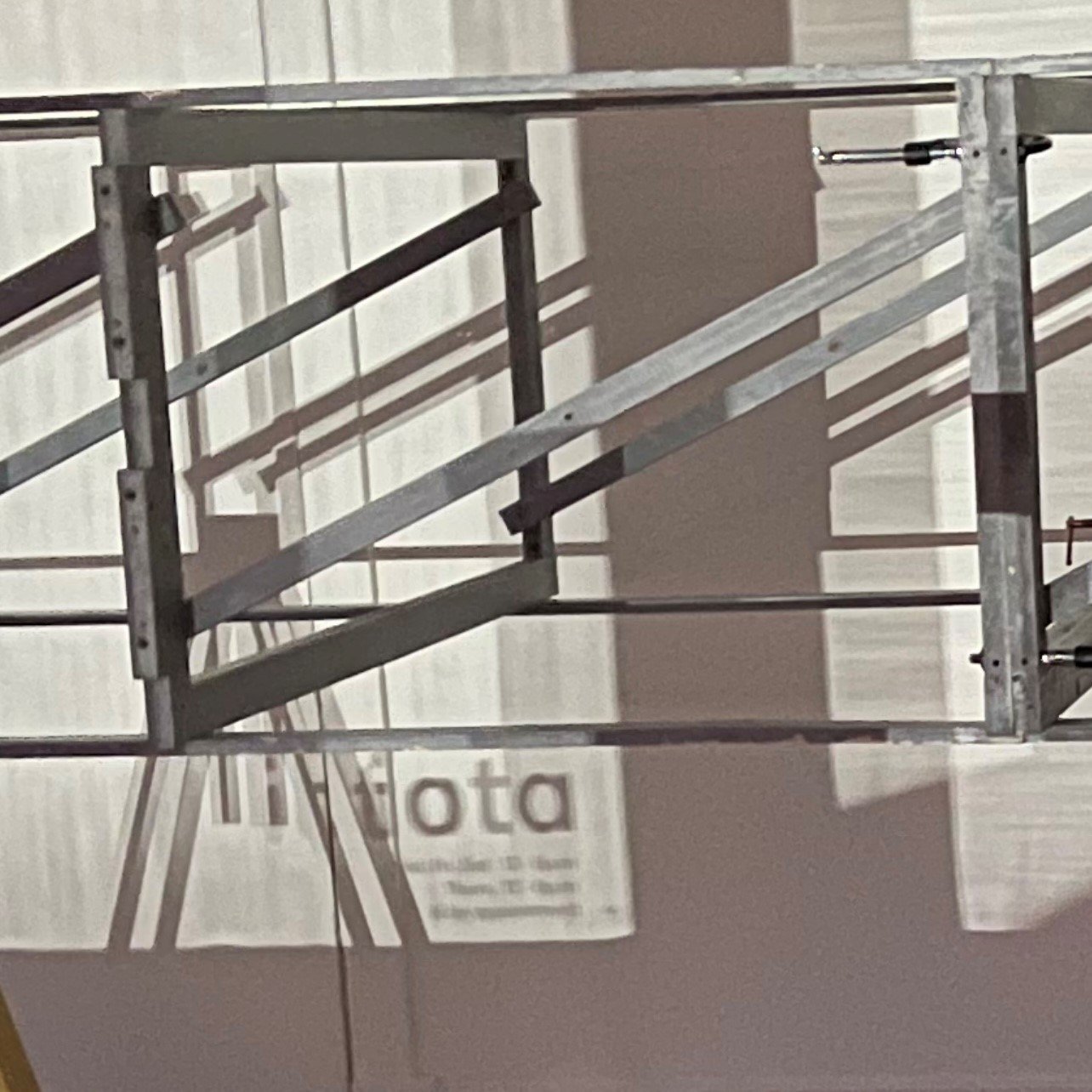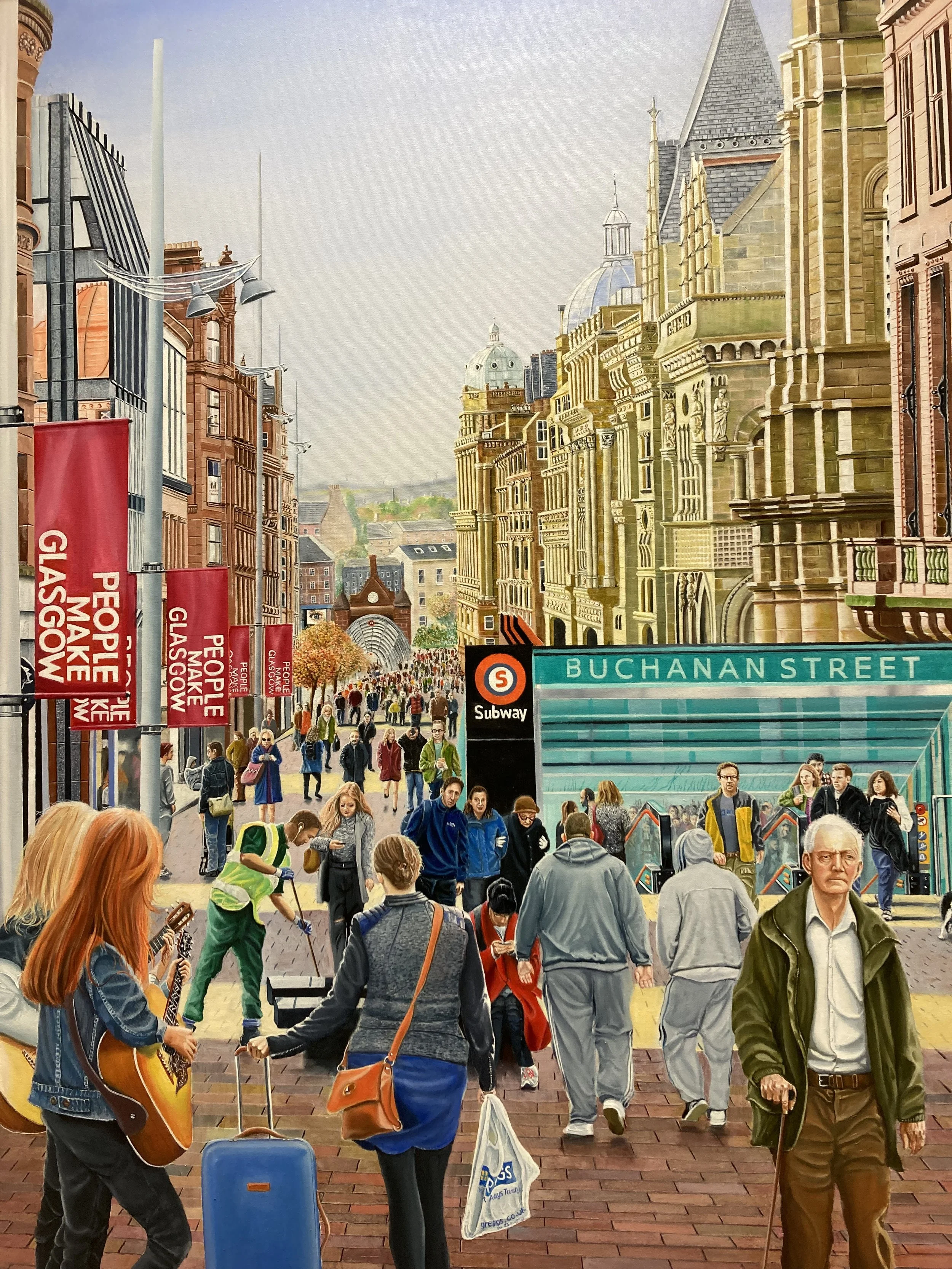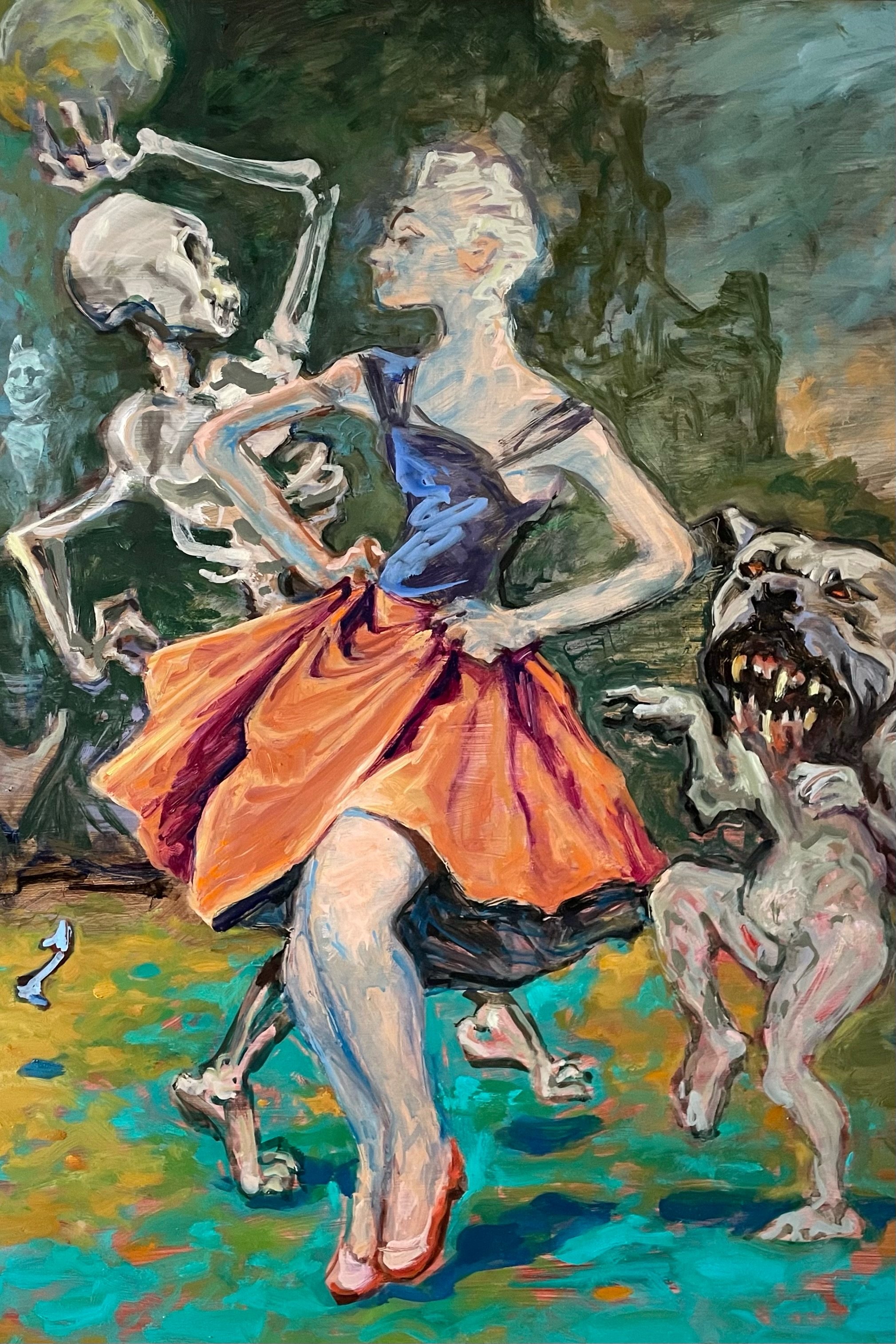Underwater Collective
With a name that simultaneously conjures the submerged fantastical world of a TV cartoon – say Spongebob Squarepants – and some nightmarish future global catastrophe, Underwater Collective are engaged in an art practice that is scornful of the grand narrative of individual centrality, privileging a collaborative approach to produce paintings that are, in their very process of making, inscribed with the idea of erasure, ephemerality. Communicating a great sense of pleasure and specifics of occasion in their creation, these are works that are irreverent of their object value, ready to be displaced at any moment, as if other layers of imagery could be painted over them, endlessly, like the endless sources of imagery which are their inspiration.
Within the proliferation of visual culture nothing is beyond use, everything is a reference. The breakdown of high and low culture is a precondition for these artists, as is the preparedness to plunder from all and everything.
The sheer visual invention is breathtaking, as is the employment of their illustrator’s technical skill. Utilising bright, often garish colour combinations, as well as a paint surface that is often patterned or textured, ludicrous cartoony characters exist in fantastical spatial dimensions, multi-layered superimposed worlds with strange animal shapes, scary humorous monsters and bulbous distorted forms. The scenarios represented are often dark and always absurd, inviting a satirical interpretation. The humour here is more than the black humour of TV cartoon violence, it is rather the unsettling realisation that the true order of things may be discerned, the hierarchies of power, for example, or the outrageous contradictions of globalisation.
Underwater Collective can trace their spiritual links to the neo-surrealist, neo-pop of the Chicago Imagists (the Hairy Who), artists such as Peter Saul, Jim Nutt, Carroll Dunham and Elizabeth Murray, as well as the underground comic movement burgeoning from the 1970s. It is a painting that celebrates the wealth of sign systems available to the creative artist, the sheer joy, the confusion, the madness that is contemporary visual culture.
It is also in its practice, a collusion of shared experience and knowledge, a ‘knowing’, as Greil Marcus calls it when speaking of certain musical groups, born of the spontaneous exchanges between creative collaborators, the momentary interconnections and understandings, even across diverse time periods and geographic locations, that speak volumes about the possibilities of community, and by implication the possibilities for human existence on this threatened planet.
Paul Judge






